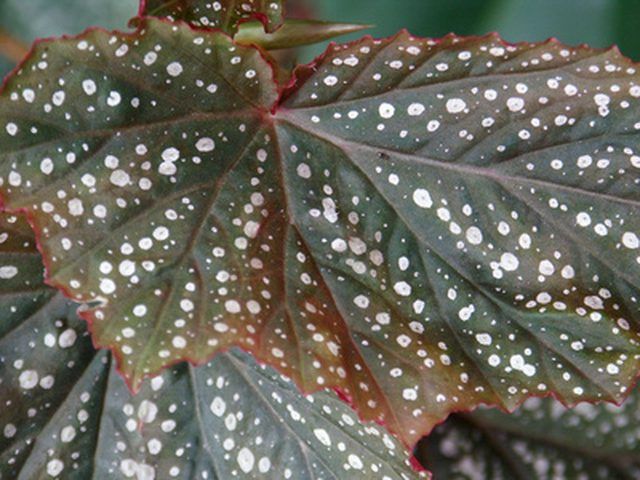Bulbs
Flower Basics
Flower Beds & Specialty Gardens
Flower Garden
Garden Furniture
Garden Gnomes
Garden Seeds
Garden Sheds
Garden Statues
Garden Tools & Supplies
Gardening Basics
Green & Organic
Groundcovers & Vines
Growing Annuals
Growing Basil
Growing Beans
Growing Berries
Growing Blueberries
Growing Cactus
Growing Corn
Growing Cotton
Growing Edibles
Growing Flowers
Growing Garlic
Growing Grapes
Growing Grass
Growing Herbs
Growing Jasmine
Growing Mint
Growing Mushrooms
Orchids
Growing Peanuts
Growing Perennials
Growing Plants
Growing Rosemary
Growing Roses
Growing Strawberries
Growing Sunflowers
Growing Thyme
Growing Tomatoes
Growing Tulips
Growing Vegetables
Herb Basics
Herb Garden
Indoor Growing
Landscaping Basics
Landscaping Patios
Landscaping Plants
Landscaping Shrubs
Landscaping Trees
Landscaping Walks & Pathways
Lawn Basics
Lawn Maintenance
Lawn Mowers
Lawn Ornaments
Lawn Planting
Lawn Tools
Outdoor Growing
Overall Landscape Planning
Pests, Weeds & Problems
Plant Basics
Rock Garden
Rose Garden
Shrubs
Soil
Specialty Gardens
Trees
Vegetable Garden
Yard Maintenance
Care of Rex Begonias
Care of Rex Begonias. Rex begonias are considered the "kings" among the wide variety of begonias because of their strikingly colorful foliage. Rex begonia leaves vary in texture, size and shape, streaked and veined with several colors. Hardy to USDA zones 10-12, these plants are best grown indoors and require high humidity and careful tending.Rex...

Rex begonias are considered the "kings" among the wide variety of begonias because of their strikingly colorful foliage. Rex begonia leaves vary in texture, size and shape, streaked and veined with several colors. Hardy to USDA zones 10-12, these plants are best grown indoors and require high humidity and careful tending.
Rex begonias thrive in day temperatures of about 70 degrees and 60 degrees at night. They're grown more for their large, beautiful leaves than their flowers, which are tiny.
Things You'll Need
Shallow pot
Porous plant mix
Balanced fertilizer
Environment
Rex begonias grow from rhizomes, or underground stems or tubers. Place your plant or bury the rhizome in a shallow container filled with rich, aerated plant mix. The rex begonia requires at least 50 perecnet humidity and careful watering that keeps the soil moist but not too wet. Begonia rhizomes are sensitive to soggy soil or overwatering and may rot.
Provide good indirect light (morning or filtered sunlight is best). Some rex begonias do well in shade gardens but still need indirect light.
Ongoing care for your rex begonia includes watering that allows the soil to nearly dry but retain moisture. Every three months, apply a controlled release fertilizer. Another option is to use a complete fertilizer (23-19-14 is a good balance) in the spring every two weeks at 1/4 strength. Decrease fertilizing when fall arrives and stop in winter.
In winter, rex begonias may go dormant (stop growing and/or drop leaves) unless you choose to add fluorescent lighting. If they go dormant, water sparingly until spring when new leaves appear.
To maintain high humidity, add a room humidifier or place your rex begonia pot on a tray of wet pebbles and keep the stones wet. Remove any withered or dead leaves and any debris around the rex begonia.
The only pruning required is to the rhizome if it outgrows the pot. Just trim it back; it will grow back and produce new leaves. The rhizome cutting can be planted to start a new plant.
Tips & Warnings
To prevent fungus disease, which can plague the rex begonia, remove any dead leaves and other debris around plant quickly and maintain good air circulation. Do not over-fertilize.
Avoid overwatering. Always keep the soil surface evenly moist, but not too wet because begonia rhizomes may rot in soggy soil.